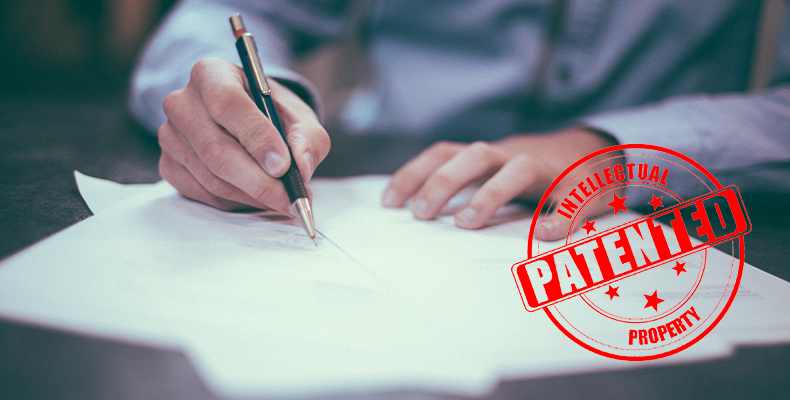From invention to patent – what has to be observed?

Patents protect inventions. For a layman, however, patent affairs are complex and difficult to understand. We try to bring some light into this jungle of property rights and explain how patents function, which advantages they offer and what has to be taken into account during the process from an invention to a patent.
In order for creators to profit from their inventions, the latter must be protected. This is exactly what a patent does. By definition, a patent belongs to the industrial property rights that are applicable to technical inventions. For a very long time indeed: the maximum protection period of a patent is up to 20 years in total.
But why does it make sense to apply for a patent? Quite simply because counterfeits and the theft of intellectual property would adversely affect the companies and organizations concerned. Not only financially, but also in terms of their image. Therefore, if an invention provides added value, it does make sense to file an application for a patent and to publish the invention.
What is “industrial property protection“?
For the protection of intangible goods such as technical inventions, ideas or trademarks, there are different regulations and laws in effect that are grouped under the generic term “industrial property protection”.
These laws and regulations include, for example, the Trademark Law, Design Act, Patent Act, Utility Model Act, Semiconductor Act and the Variety Protection Law.
Advantages of patents at a glance
Profit protection: A patent allows its owner to take action against illicit copies of his or her invention. So, he or she can make money with the invention and, at the same time, has the protection that competitors cannot contest these profits. In addition, the owner can sell the right of use for the invention and gain an additional economic advantage.
Marketing with a low risk: An invention can be protected by patent even before this invention is introduced to the market. This allows you to exploit your invention exclusively on the market and makes it impossible for competitors to use and cash in on your idea.
Patented products sell better: Consumers associate a certain trustworthiness and quality with the word ‘patent’. No wonder, since the product has been officially checked and evaluated as innovative.
How can I file a patent application?
Anyone who wants to patent his or her invention can submit the application to the German Patent and Trade Mark Office (DPMA) or the European Patent Office (EPO). In accordance with the Patent Cooperation Treaty (PCT), patent protection can be requested for about 150 countries by a single international application. Depending on the kind of protection and place of filing, various patent laws and acts are applicable. Apart from application fees, examination and search fees, annual fees have to be paid for the patent.
When filing a patent application, extensive documents have to be submitted. These include among others:
-
Technical description of the business idea,
-
Patent claims/ scope of patent protection,
-
Drawings, as the case may be,
-
Abstract of the business idea (1,500 characters),
-
Inventor’s name.
What are the prerequisites for a patent?
The following requirements must be fulfilled before you can apply for the patent of a technical invention:
Novelty of the invention: State of the art is not sufficient – your invention must be unknown and not form part of the state of the art at the date of filing. According to Section 3 (1) of the German Patent Act, the state of the art is the knowledge that is publicly available by means of written or oral description, by use, or in any other way. This means, the invention must be new and has not yet been used anywhere.
Inventive step: The invention only involves an inventive step if it is not obvious to a skilled person in the light of the state of the art. The inventive step must be clearly recognizable compared to the prior art. If the invitation lacks novelty, no patent will be granted.
Industrial applicability: It must be possible to realize and use the invention in any field of industry, including agriculture. Inventions that cannot be realized, for example due to physical laws, will not be patented.
What cannot be patented?
- Mere discoveries that were not invented,
- Scientific theories and mathematical methods,
- Aesthetic creations,
- Schemes, rules and method for performing mental acts, playing games or doing business,
- Computer programs as such,
- Presentation of information as such,
- Inventions the commercial exploitation of which would be contrary to public order or morality.
Search before filing your application
A patent provides its owner the exclusive right to ban others from using or exploiting the invention.
This is very important, because useful and innovative inventions can have an enormous commercial value. You are therefore well advised to protect your intellectual property against imitation and reproduction by filing an application for a patent. Performing a thorough search before filing your application minimizes the risk that you yourself will infringe on existing patents or other protection rights.


Comment